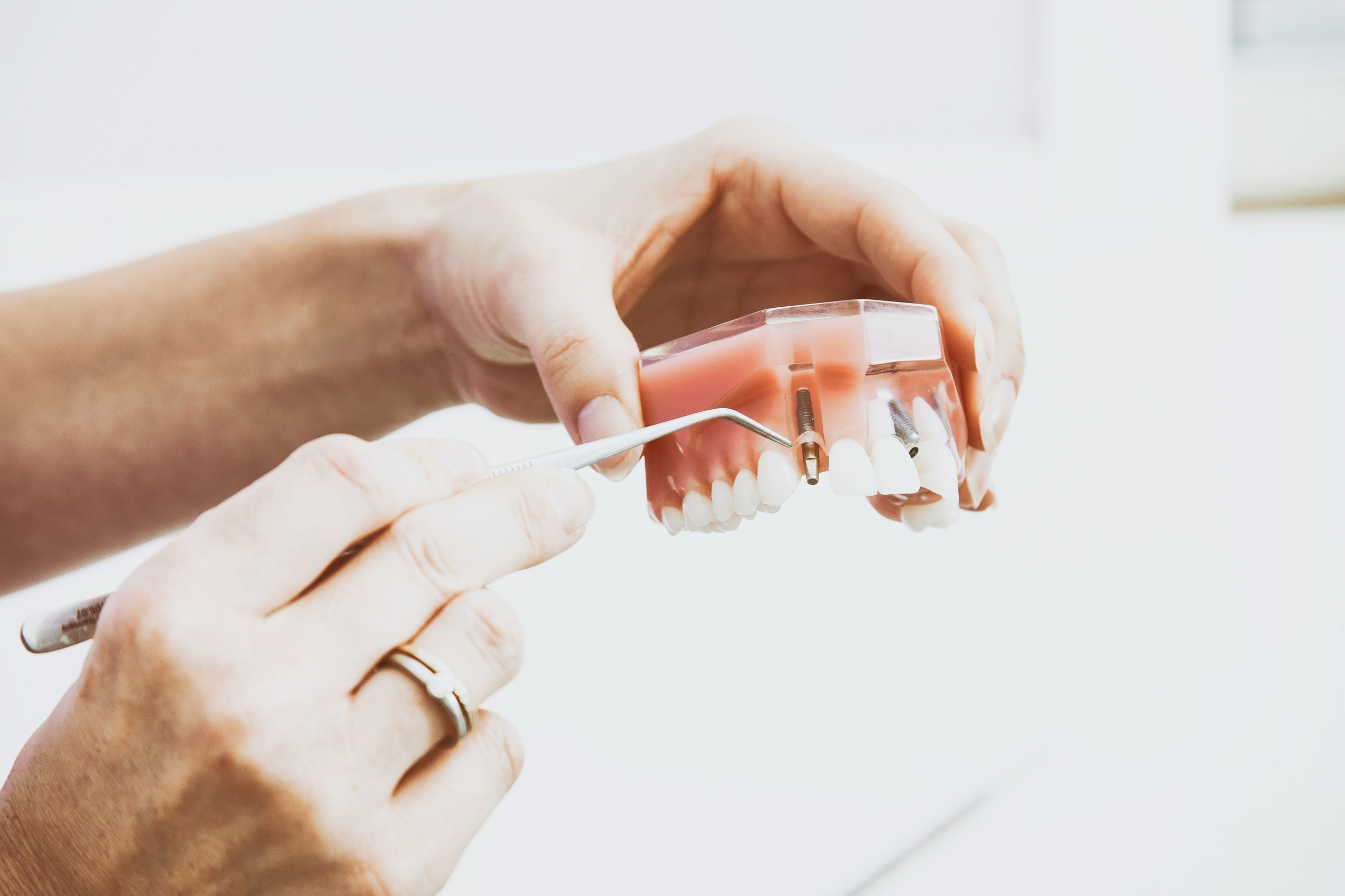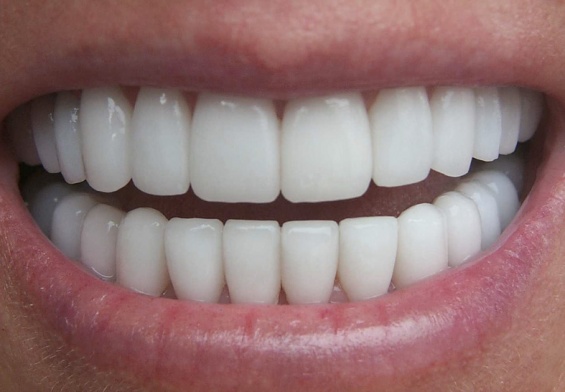Dental crowns have been used for many years to address various restorative and cosmetic dental issues. These prosthetic devices are essential for maintaining the health and aesthetics of your teeth. If you have a damaged or weak tooth, you might be wondering if a dental crown is the right solution for you. This article will explore what dental crowns are, their uses, and the different types of dental crowns available to help you make an informed decision about your dental health.
What Are Dental Crowns?
A dental crown, often referred to as a “cap,” is a prosthetic device that is placed over a tooth to restore its shape, size, strength, and appearance. Crowns are designed to encase the entire visible portion of a tooth above the gum line. They are custom-made to match the color and contour of your natural teeth, ensuring a seamless and natural look.
Common Reasons for Dental Crowns
Preventing Further Decay or Damage
One of the primary reasons for getting a dental crown is to prevent further decay or damage to a weakened tooth. When a tooth is significantly decayed or damaged, a crown can protect the remaining structure and provide the necessary strength to prevent breakage. This is especially important for teeth that have undergone extensive dental work, such as large fillings or root canals.
Restoring Appearance
Dental crowns also play a significant role in cosmetic dentistry. They can restore the appearance of teeth that have been damaged, worn down, discolored, or irregularly shaped. A well-crafted crown can improve the aesthetics of your smile by blending in perfectly with your natural teeth.
Reinforcing Previous Dental Work
Large Fillings
If you have a large cavity that requires a substantial filling, there may not be enough of the original tooth structure left to support the filling alone. In such cases, a dental crown can provide additional support and cover the filling, ensuring the tooth remains functional and protected.
Dental Bridges
Crowns are also used in conjunction with dental bridges. A dental bridge is a prosthetic device that fills the gap created by one or more missing teeth. Crowns on the adjacent teeth hold the bridge in place, ensuring stability and functionality.
Pediatric Dental Crowns
While dental crowns are commonly associated with adult teeth, they can also be used for children with primary (baby) teeth. Children’s dental crowns are usually needed for dental hygiene and protection rather than cosmetic reasons. For instance, if a child has a large cavity that cannot be adequately treated with a filling, a crown can be placed to support the remaining tooth structure and prevent further decay.
Types of Dental Crowns
Dental crowns can be either permanent or temporary, and the material used to make the crown depends on the intended duration and location of the crown.
Temporary Crowns
Temporary crowns are typically made from stainless steel or acrylic and are used as a short-term solution while a permanent crown is being fabricated. These crowns are often used in pediatric dentistry for children who still have primary teeth.
Permanent Crowns
Permanent dental crowns are made from a variety of materials, each with its own advantages and disadvantages:
Metal Crowns
Metal crowns, which can be made from gold, palladium, nickel, or chromium, are known for their durability and strength. They are ideal for molars that are not visible when you smile. However, their metallic color makes them less suitable for front teeth.
Porcelain Crowns
Porcelain crowns are prized for their natural appearance and ability to blend seamlessly with natural teeth. They are an excellent choice for front teeth and areas where aesthetics are important. However, porcelain is not as strong as metal, making these crowns more prone to chipping or cracking.
Resin Crowns
Resin crowns are a more affordable option compared to porcelain and metal crowns. They are made from a composite resin material that can be color-matched to your natural teeth. While resin crowns look realistic, they are not as durable as other options and may wear down more quickly.
Porcelain-Fused-to-Metal (PFM) Crowns
PFM crowns combine the best of both worlds: the strength of metal and the natural appearance of porcelain. These crowns have a metal core covered with a layer of porcelain, providing durability and a natural look. They are a popular choice for both front and back teeth.
Choosing the Right Dental Crown
Selecting the right type of dental crown depends on various factors, including the location of the tooth, the extent of damage or decay, your budget, and aesthetic preferences. Your dentist will help you determine the most suitable option based on your specific needs.
Conclusion: Making Informed Decisions About Dental Crowns
Dental crowns are versatile and effective solutions for restoring and protecting damaged teeth. Whether you need to prevent further decay, restore the appearance of a damaged tooth, or support previous dental work, crowns offer a reliable and aesthetically pleasing option. By understanding the different types of dental crowns and their uses, you can make an informed decision about your dental health.
Consulting with your dentist is crucial in determining the best course of action for your specific situation. With the right guidance and treatment plan, you can ensure the longevity and health of your teeth. Dental crowns not only improve functionality but also enhance the overall appearance of your smile, contributing to better oral health and confidence.



